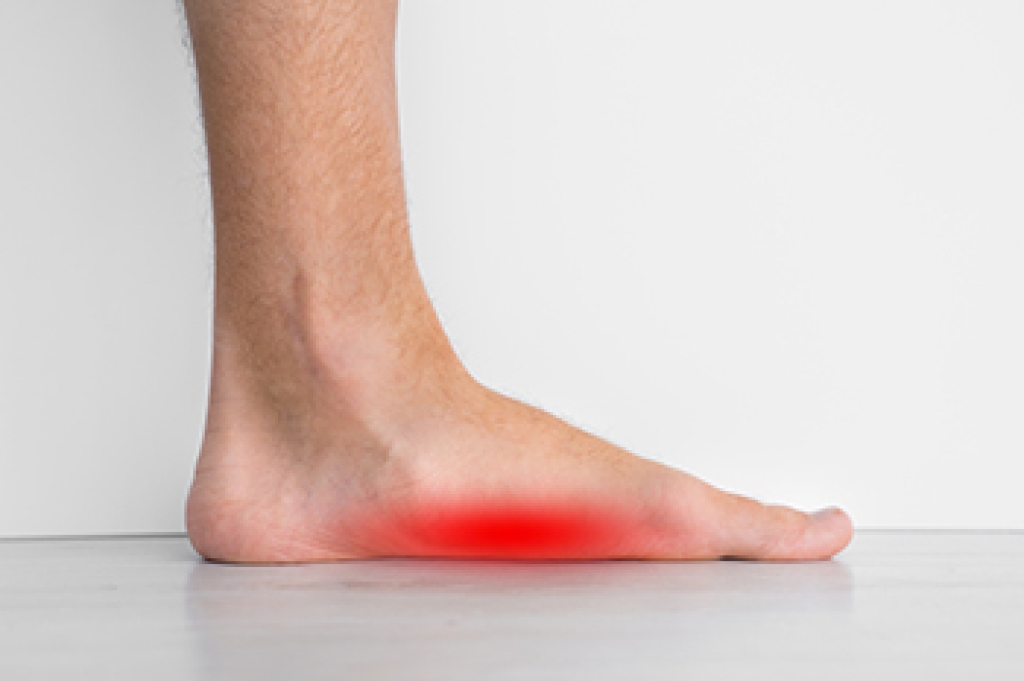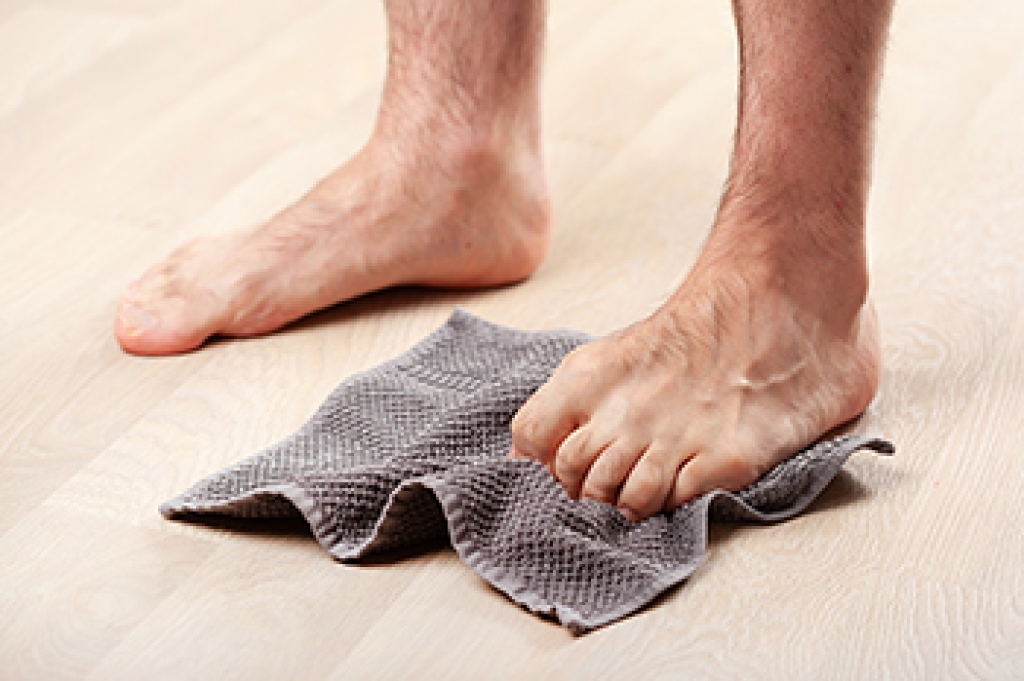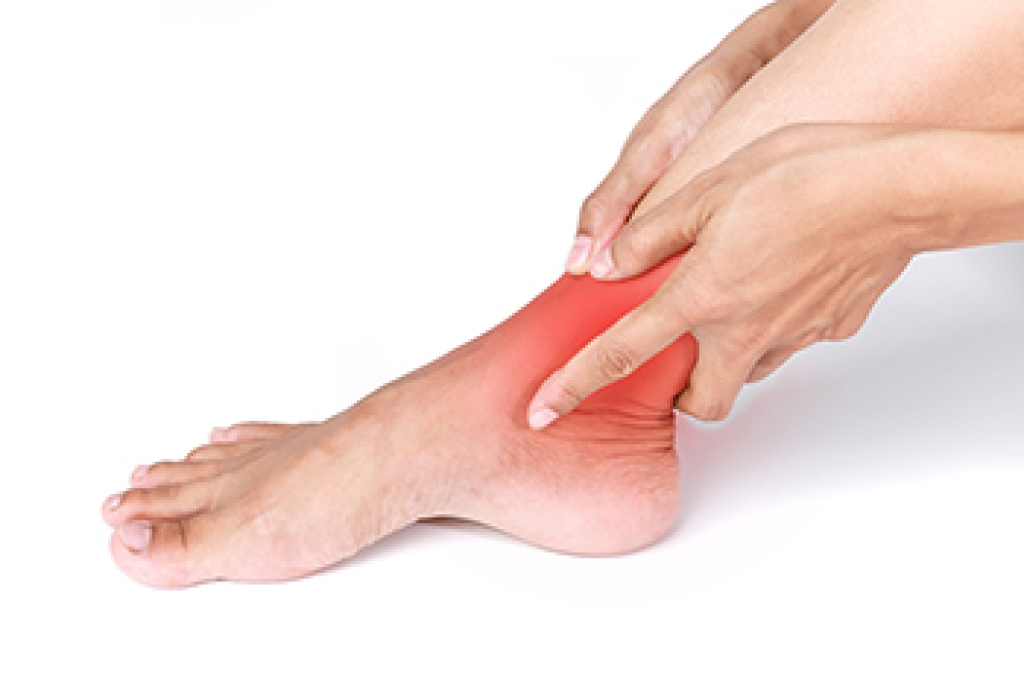
There are several reasons why people choose to run. These include losing weight, training for a marathon, or jogging for pure enjoyment. There are different types of shoes for various styles of running, and it is beneficial to choose the type of shoe that fits comfortably, while enhancing the type of running that is desired. There are many factors that can determine what kind of shoes are purchased. These consist of weight, what type of surfaces are run on, and foot structure. Research has shown foot conditions may be avoided when properly fitting running shoes are worn. These include plantar fasciitis, ankle sprains, and general aches and pains in the foot and arch area. When the right shoes are worn, they are typically comfortable, and feel like they are part of the foot. Many people who enjoy running prefer to shop at a specialty store where they can get advice in matching their foot type to the appropriate shoe. There are different shoes that target a forefoot or heel striker, and it is important to know what type of running is done. If you would like additional information about how to purchase the correct running shoe, please confer with a podiatrist who can answer any questions you may have.
You should always make sure your running shoes fit properly in order to avoid injury. For more information, contact one of our podiatrists from Westside Podiatry Center, LLP. Our doctors can provide the care you need to keep you pain-free and on your feet.
Choosing the Right Running Shoe for Your Foot Type
Improper shoe sizing can cause a myriad of problems for your feet. Shoes that don’t fit you properly can lead to muscular imbalances in your body, which can result in foot, knee, and hip injuries.
Tips for Finding the Right Running Shoe
- Make sure you have a thumb’s width of wiggle room between the end of your longest toe and the front of the shoe.
- There should be little to no slipping at the heel
- Don’t assume your size in one shoe brand will be your size in another
- Do not lace up your shoes too tightly
- Walk around in the store with your new shoes before you buy them
If you have any questions, please feel free to contact one of our offices located in Liverpool, Camillus, Skaneateles, Oswego, and Cicero, NY . We offer the newest diagnostic and treatment technologies for all your foot care needs.




